In the ever-evolving landscape of technology, artificial intelligence (AI) continues to be a driving force behind innovation and efficiency in software development. For developers in the United States, staying ahead of the curve is essential, and having access to the right tools can make all the difference. In 2023-24, there are several AI tools that stand out as must-haves for US developers looking to build smarter, more powerful applications. In this blog post, we will explore some of the best AI tools available to developers in the United States.
Understanding AI Tools in Software Development
Before delving into the best AI tools for US developers in 2023-24, it’s essential to have a clear understanding of what an AI tool is and how it fits into the software development landscape.
An AI tool, in the context of software development, is a software application, library, framework, or service that incorporates artificial intelligence capabilities to enhance or automate various aspects of the development process. These tools are designed to assist developers in creating smarter, more efficient, and more capable software applications. Here are some key aspects of AI tools:
Automation and Enhancement:
AI tools are primarily used to automate repetitive tasks and enhance the capabilities of software applications. For instance, they can automate data preprocessing and cleaning, optimize model hyperparameters, or generate code snippets based on natural language descriptions.
Machine Learning and Deep Learning:
Many AI tools leverage machine learning and deep learning techniques to perform tasks like image recognition, natural language processing, and predictive modeling. These tools use algorithms to analyze data, make predictions, or classify information.
Natural Language Processing (NLP):
Some AI tools specialize in NLP, enabling developers to work with textual data more effectively. They can extract insights from text, perform sentiment analysis, or generate human-like text.
Data Analysis and Visualization:
AI tools often include data analysis and visualization capabilities, allowing developers to gain insights from large datasets and present findings in a visually appealing manner. This is crucial for data-driven decision-making.
Cloud Integration:
Many AI tools are cloud-based, offering scalable computing resources and easy integration with cloud services. This is particularly important for developers who want to leverage the power of the cloud for AI applications.
Model Deployment:
AI tools also assist in deploying machine learning models and AI solutions into production environments. This includes managing model versions, scaling to handle increased loads, and ensuring the reliability and availability of AI-powered services.
Accessibility and User-Friendliness:
The best AI tools are designed to be accessible to a wide range of developers, regardless of their AI expertise. They often provide user-friendly interfaces, documentation, and tutorials to facilitate adoption.
Community and Support:
A thriving community and strong developer support are essential for AI tools. A robust community can provide valuable insights, share best practices, and contribute to the development of the tool.
Best AI Tools for US Developers
Let’s explore the top AI tools tailored for US developers in 2023-24, equipping them with cutting-edge technologies to create smarter and more innovative applications:
TensorFlow:
TensorFlow, developed by Google, remains one of the most popular open-source AI frameworks. It provides a comprehensive ecosystem for machine learning and deep learning, making it a favorite among developers. TensorFlow offers support for a wide range of platforms, including mobile and edge devices, making it versatile for various applications. In 2023-24, TensorFlow continues to evolve, with improved performance and compatibility with the latest hardware accelerators.
PyTorch:
PyTorch has gained significant traction in recent years due to its flexibility and dynamic computation graph. Developed by Facebook’s AI Research lab (FAIR), PyTorch is known for its ease of use and strong community support. It’s a top choice for researchers and developers working on deep learning projects. In 2023-24, PyTorch is expected to maintain its momentum, with continuous improvements and updates.
Jupyter Notebook:
Jupyter Notebook is an essential tool for data scientists and machine learning engineers. It provides an interactive environment for writing and executing code, making it ideal for experimentation and data visualization. In the US, Jupyter Notebook is widely used in academia, research, and industry. Developers can expect to see enhancements and new features in Jupyter Notebook in the coming years.
OpenAI GPT-4:
OpenAI’s GPT-4, the successor to GPT-3, is a powerful natural language processing model that can generate human-like text. It has a wide range of applications, from chatbots and content generation to language translation and sentiment analysis. Developers in the US are leveraging GPT-4 to create more intelligent and context-aware applications. As AI language models advance, GPT-4 promises to set new standards in natural language understanding and generation.
Scikit-learn:
Scikit-learn is a popular Python library for machine learning and data analysis. It offers a wide range of tools for classification, regression, clustering, and more. Scikit-learn is particularly valuable for developers working on smaller-scale machine learning projects or prototyping AI applications. As AI adoption grows, Scikit-learn remains a trusted companion for US developers.
Microsoft Azure AI:
Microsoft Azure provides a comprehensive suite of AI and machine learning services. From Azure Machine Learning Studio to Azure Cognitive Services, developers in the US have access to a robust ecosystem for building AI-powered applications. Azure’s cloud infrastructure and integration capabilities make it a go-to choice for enterprises and startups alike.
IBM Watson:
IBM Watson, a pioneer in AI technology, offers a wide range of AI and machine learning tools, including Watson Studio, Watson Discovery, and Watson Natural Language Understanding. These tools empower US developers to harness the power of AI for data analysis, language processing, and predictive modeling.
Fast.ai:
Fast.ai is known for its practical and user-friendly approach to deep learning. It offers high-level interfaces to popular deep learning frameworks like PyTorch and provides pre-trained models that simplify the development process. US developers who want to quickly get started with deep learning should keep an eye on Fast.ai for continued improvements.
H2O.ai:
H2O.ai provides an open-source platform for machine learning and AI. It offers tools for data preprocessing, model training, and deployment. US developers appreciate H2O.ai for its scalability and support for building AI applications across industries, from finance to healthcare.
Docker:
While not an AI-specific tool, Docker is indispensable for AI developers in the US. It enables the creation and deployment of containerized applications, making it easier to manage AI environments and dependencies. Docker’s role in AI development is expected to grow as the demand for reproducible and scalable AI solutions continues to rise.
Also Read: “Top 9 Generative AI Applications and Tools“.
How can AI tools benefit developers in the United States?

AI tools offer a multitude of advantages for US developers, transforming the way they create software and enhancing their ability to deliver innovative solutions. These tools not only streamline development processes but also open up new avenues for creativity and efficiency. Let’s delve deeper into the myriad benefits that AI tools bring to the table:
Efficiency and Accelerated Development:
AI tools excel at automating repetitive tasks, reducing the time and effort required for essential but time-consuming activities like data preprocessing, code generation, and model tuning. Developers can now allocate more of their valuable time to tackling complex challenges and infusing creativity into their projects, resulting in faster development cycles and shorter time-to-market.
Empowering Developers with Enhanced Capabilities:
AI tools are the great equalizer, empowering developers with the ability to harness machine learning and deep learning capabilities, even if they lack extensive AI expertise. This democratization of AI expands the range of functionalities that developers can incorporate into their software, paving the way for smarter, more dynamic applications.
Data-Driven Decision-Making:
The ability of AI tools to analyze vast datasets rapidly is a game-changer. They provide developers with valuable data insights that can inform decision-making throughout the development process. This data-driven approach not only improves the overall quality of applications but also helps developers adapt and iterate based on real-world usage and feedback.
Mastering Natural Language Processing:
AI tools specialized in natural language processing (NLP) enable developers to work with textual data more effectively. This capability is particularly significant as it empowers applications to understand, generate, and interact with human language. From chatbots that converse naturally with users to language translation services, NLP opens up a world of possibilities for user engagement.
Elevating User Experience:
AI-driven features, including chatbots for instant support, recommendation engines for personalized content, and interfaces that adapt to user preferences, enhance the user experience of applications. These intelligent features increase user engagement and satisfaction, making applications more competitive and appealing.
Seamless Scalability:
Cloud-based AI tools offer developers scalable infrastructure, simplifying the deployment and management of AI applications that need to handle varying workloads. Whether it’s handling a surge in users or processing large datasets, these tools provide the necessary flexibility and scalability to meet demand.
Thriving in a Supportive Community:
AI development doesn’t happen in isolation. Developers can tap into a vibrant community of AI enthusiasts and experts. This community provides valuable resources, knowledge sharing, and troubleshooting assistance, making it easier for developers to overcome challenges and stay up-to-date with the latest advancements.
Maintaining a Competitive Edge:
By embracing AI tools, developers can stay competitive in the ever-evolving tech landscape. These tools enable the delivery of cutting-edge features, ensuring that applications remain at the forefront of technological advancements, meeting and exceeding user expectations.
Conclusion
In conclusion, the landscape of AI tools for US developers in 2023-24 is rich and diverse, offering a wide range of options to meet various development needs. Whether you are working on deep learning projects, natural language processing, data analysis, or cloud-based AI applications, there are tools and platforms available to support your endeavors. Staying up-to-date with these AI tools and their ongoing developments will be crucial for US developers to remain competitive and innovative in the ever-evolving field of artificial intelligence.







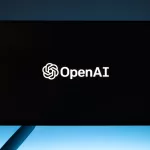
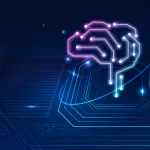

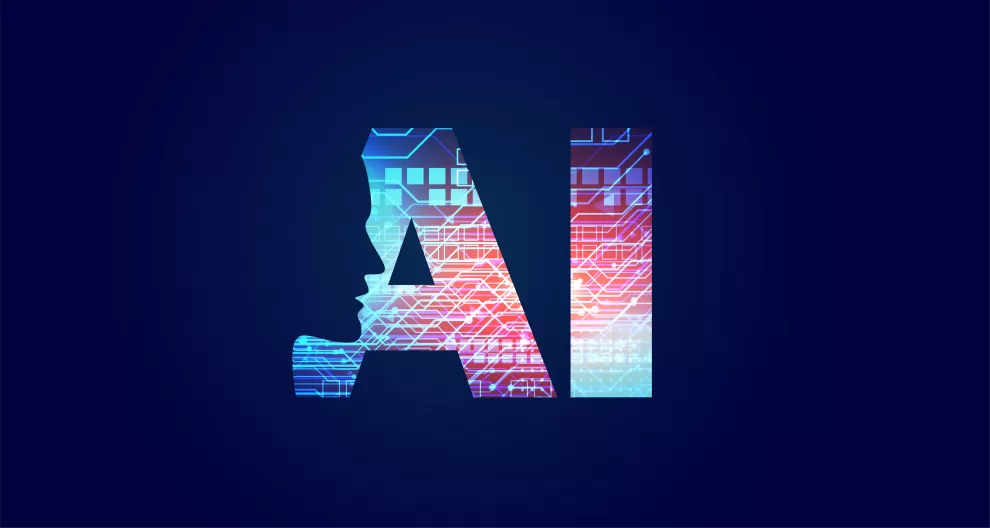










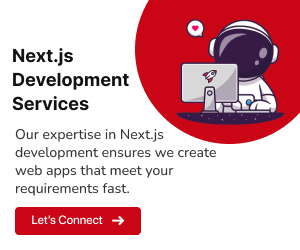
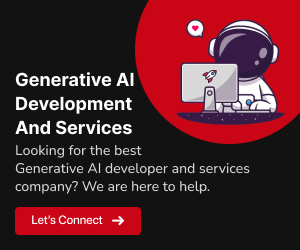



Add Comment